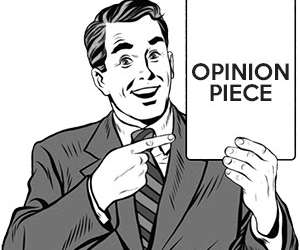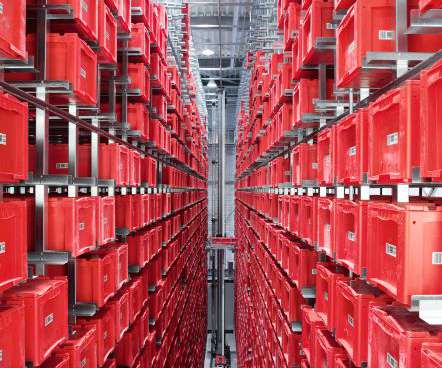How to Create a Truckload Strategy That Works in Any Market
Talking Logistics
JULY 5, 2018
Develop a comprehensive truckload strategy so you’re prepared to handle just about anything. Building the right truckload strategy for your business. The key to a great truckload strategy is aligning capacity communities with attribute segments of your freight portfolio. Select the perfect 3PL to augment your truckload strategy.






















Let's personalize your content